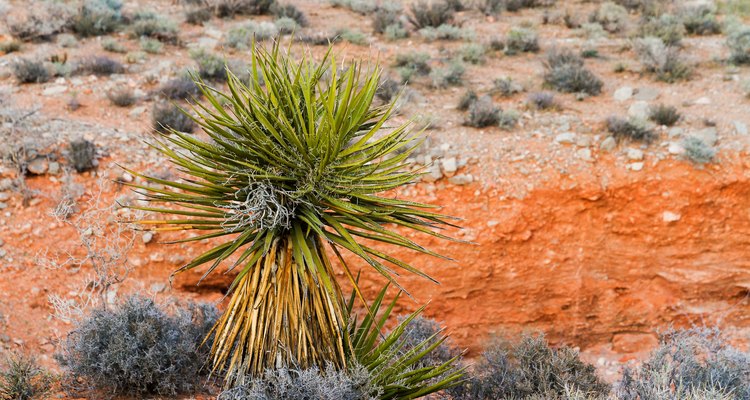
Evgeniyaphotography/iStock/Getty Images
There are a variety of fruits and vegetables available throughout the season. Whether you’re in search of a dark green leafy vegetable or a citrus fruit, regularly consuming these items provides essential vitamins and nutrients conducive to a healthy lifestyle. The Centers for Disease Control and Prevention report that a diet rich in fruits and vegetables is associated with a decreased risk of chronic diseases. There aren’t many varieties that begin with Y, but all are healthy and nutritious.
Yiessas
Yiessas are a small to medium evergreen tree that originated in Central and Northern America. The fruit produced varies in size and shape but generally has a thin yellow to orange skin. The flesh is moist, sweet and rich and is often an acquired taste, according to the California Rare Fruit Growers. This item is generally cooked similar to yams or in place of them, and requires picking upon maturation and a time period of sitting to ripen.
Yams
Yams are often confused with sweet potatoes, but are only similar in that they are both flowering plants. Yams are actually related to lilies and grasses and native to both Africa and Asia, the Everyday Mysteries website, a publication of the Library of Congress, reports. Yams come in various sizes and there are well over 600 varieties throughout the world. In comparison to sweet potatoes, yams are actually drier and more starchier.
Yam Bean
The Yam bean, also known as the Mexican turnip or jicama, is a tuberous root eaten either raw or cooked. They grow from the jimaca plant and take several years to mature, according to Texas A&M University’s Department of Horticultural Science. They are common in frost-free regions, like Texas. Like other roots, the yam bean can be stored for relatively length periods. You can cook it several ways, including sautéing or stir-frying.
Yucca
Yucca plants are naturally present in the southwest desert and usually bloom consistently without dying. They contain sword-like leaves and when mature, they appear as either small trunkless plants or have large stems. Most of the growth in yucca plants occur at the top, making it difficult for gardners to grow. Yucca root is a common latin ingredient and is used in a variety of dishes. You can fry, roast or puree the root.
Related Articles

What Kinds of Nuts Don't Grow on Trees?
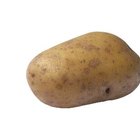
The Times to Plant and Harvest Yukon ...

List of Wild Edible Plants & Berries in ...
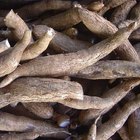
How to Cook Yucca Root

How to Prepare Parsnips
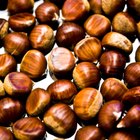
Are Buckeyes & Chestnuts the Same?
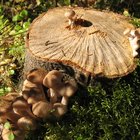
Mushrooms Found in Northern Michigan
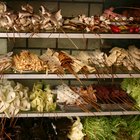
Fruits or Vegetables Starting With X

How to Freeze Ramps & Wild Leeks
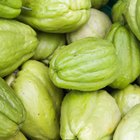
How to Grill Chayote Squash
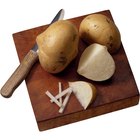
How to Julienne Jicama

How to Remove Bitterness From Brussels ...

Corsage Flowers & Meanings

How Long to Cook Parboiled Potatoes

Types of Taro
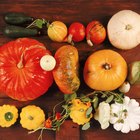
What Is White Squash?

What Is the Difference Between Yellow ...

Does Mango Turn Brown?
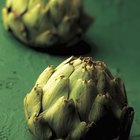
How to Parboil Artichokes

Ways to Cook Radishes
References
- Centers for Disease Control and Prevention: Fruit and Vegetable Consumption Among Adults
- The University of Arizona Cooperative Extension: Cactus, Agave, Yucca and Ocotillo
- Everyday Mysteries: What Are the Differences Between Sweet Potatoes and Yams?
- Texas A&M University Department of Horticultural Science.
Writer Bio
Skyler White is an avid writer and anthropologist who has written for numerous publications. As a writing professional since 2005, White's areas of interests include lifestyle, business, medicine, forensics, animals and green living. She has a Bachelor of Arts in anthropology from San Francisco State University and a Master of Science in forensic science from Pace University.
Photo Credits
Evgeniyaphotography/iStock/Getty Images